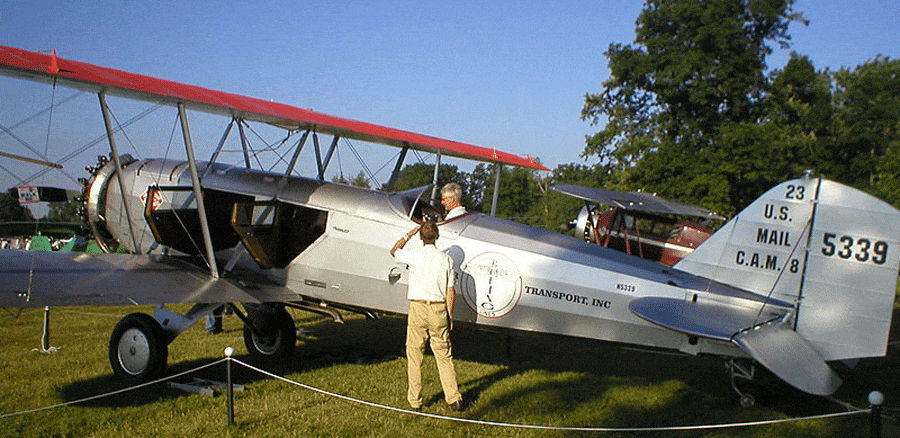December 17, 2022 represents the 119th anniversary of man’s first flight of a heavier than air aircraft. Take a moment to reflect on our aeronautical accomplishments since 1903 – extraordinary.
Right from aviation’s humble beginnings, weather posed a threat – especially in mountainous regions. Park City is no exception. For mountain town residents, abrupt weather changes may snarl traffic, but not necessarily threaten lives. Not so for flyers. Treacherous weather combined with other factors (human error, mechanical failure, faulty communication, etc.) may result in death and/or a near death experience. Such was the situation on Monday, March 10, 1929 when a plane crashed in Old Town between Woodside and Norfolk Avenues.
At 5:30 p.m. Ragnar Torkil Freng emerged from the comfort of the Salt Lake Aerodrome to thoroughly inspect his Boeing Model-40B aircraft. He did so twice. The plane incorporated the best in aeronautical engineering. In addition, it was the first aircraft designed to carry both passengers (maximum two) and mail. This combination would prove a financial bonanza for Boeing Air Transport (BAT) and forever change the course of commercial aviation.
Though the youngest pilot on BAT’s roster, Ragnar was wise beyond his years. On July 24, 1919 he enlisted in the U.S. Army Air Service at nineteen years old. He distinguished himself as a gifted pilot, navigator, and mechanic. He had been flying ever since. Ragnar was assigned to BAT’s Salt Lake City, Rock Springs, Cheyenne CAM route (Contract Air Mail). He was expected to work fourteen-hour shifts, day or night regardless of weather. His life and that of his passengers depended on his flying skills and an intimate knowledge of the route. He respected the inherent dangers of mountain flying. Failure to do so could result in death for the pilot and passengers alike.
On the evening of March 10, the plane was heavy with mail (42 sacks) and one passenger – a banking executive from Oakland, K.A. Kennedy. He was traveling to New York City to board an ocean liner bound for Naples, Italy. Ragnar introduced himself to Kennedy and they exchanged pleasantries. Kennedy’s cramped accommodations were comfortable enough – an insulated cabin. Ragnar’s not so – an open cockpit exposed to the weather’s mercy. In 1929 navigation involved contact flight rules – visually following landmarks from a height of 200 feet. Fortunately, the route was well marked courtesy of the Denver Rio Grande and Western Railroad (DR&G) and the Union Pacific Railroad (UP).

Credit: Image courtesy of Wikimedia Commons. Photo by Lin M. Hall.
Ragnar secured Kennedy in his cabin, climbed up and into his cockpit, adjusted his flight gear, scanned the gauges one more time, bid adieu to the ground crew, and lifted off heading south. Shortly after takeoff, he banked the plane east following the DR&G tracks from Salt Lake City up Parley’s Canyon. Approximately halfway up Parley’s the plane encountered a winter tempest. Icing up, buffeted by fierce winds, and bedeviled by a faulty carburetor, the two men were in trouble. Their best chance for survival: divert to Park City.
Ragnar, relying on both his flying skills and the hand of God executed a miracle landing between Norfolk Avenue and Woodside Avenue. The plane flipped over in the backyard of the Neilson home (address 441 Woodside). Fire ensued. Despite serious lacerations, Ragnar, with the help of four Parkites, pulled an unconscious Kennedy and 36 mail sacks from the growing inferno. The two men were taken to Miner’s Hospital knowing that death had been cheated.
Join the Park City Museum for an in-person lecture titled The Wright Brothers and Their Flying Machines given by Dorian DeMaio on September 14 from 5-6 p.m. at the Park City Museum Education and Collections Center located at 2079 Sidewinder Drive. Please register for the lecture at parkcityhistory.org.
The author acknowledges the contributions of Addison Pemberton, Oz Crosby, David Gorrell, and Steve Leatham to this article.